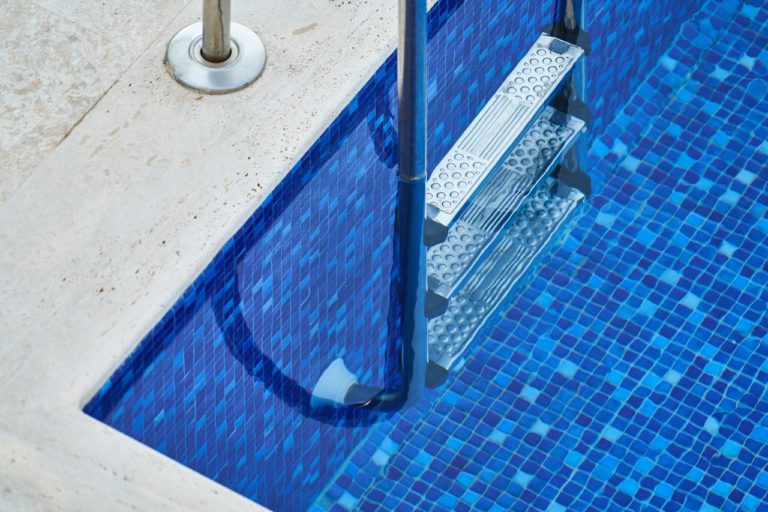Potential Pool Renovation Costs
Swimming Pool Renovation Costs
Our time in the pool is winding down with fall among us. Now is the time to renovate your pool, with the kids back in school and summer vacation over. There are some things to consider as you think about potentially renovating your pool. You might want to add something or take off something. However, your budget needs to be considered as well. Here are some things to ponder as you think about potential pool renovation costs.
Remodeling or repairing your pool has a wide range in prices. On the lower end of the price spectrum is replastering a concrete pool. The price could increase for retiling a concrete pool or replacing a current concrete surround. The high end of the spectrum in cost is reshaping a concrete pool and installing new concrete surround. If a part of the pool cannot be repaired, it needs to be replaced, which can be done during a renovation.
Adding Lights to a Pool
Adding lights to a pool are great for swimming at night and not just daytime. It creates the ambiance of reflective light at nighttime for your children, adding visibility for the entire pool. You install light during construction of the pool and cannot be an add-on after installation. Adding pool lights is an extra cost and maintenance is replacing the bulb.
Changing the Shape of your Pool
This step requires a complete overhaul of your current pool. Your current pool needs to be removed, digging new holes, filling in spaces, and installing a whole new pool. It can be as costly as installing a new pool. Potential additional costs include demolition and disposal of the current pool. The cost for this renovation is on the extreme high end of costs.
Concrete Pool Interior Surface Upgrades
Concrete pools should be resurfaced every 10-15 years to avoid cracks. There are several ways to upgrade your interiorconcrete pool. The total cost of resurfacing your concrete pool varies from state and region in the country. The size of the pool is another cost factor in resurfacing your concrete pool. The most common upgrade finishes are plaster, aggregate or tile. Plater is most common and most inexpensive, as well as simple and classy. However, plaster makes space for algae and cracks at times. It needs weekly surface maintenance and acid washing every 3-5 years. Aggregate finish is combination of pebbles, quartz beads or glass beads, either exposed or polished. Aggregate lasts longer than plaster, where quartz last 7-12 years and pebble lasts 10-20 years. The challenge with aggregate is not having a smooth surface to walk on and beads discoloring. Tile finish is made from porcelain, glass, or stone. It the most expensive finish of all three. It looks the prettiest as the tiles catch the color of the tiles. It’s the easiest to clean, durable and resistant to heat, fire, and UV rays. Porcelain is the cheapest of all three, where stone and glass are more expensive, respectively. Tiles do chip and crack and be mindful of the sharp edges of the glass tiles when installing.
There are many factors to take into consideration for your costs in potential pool renovations. The idea is to figure out what you want, as in style, durability, budget, and maintenance.

